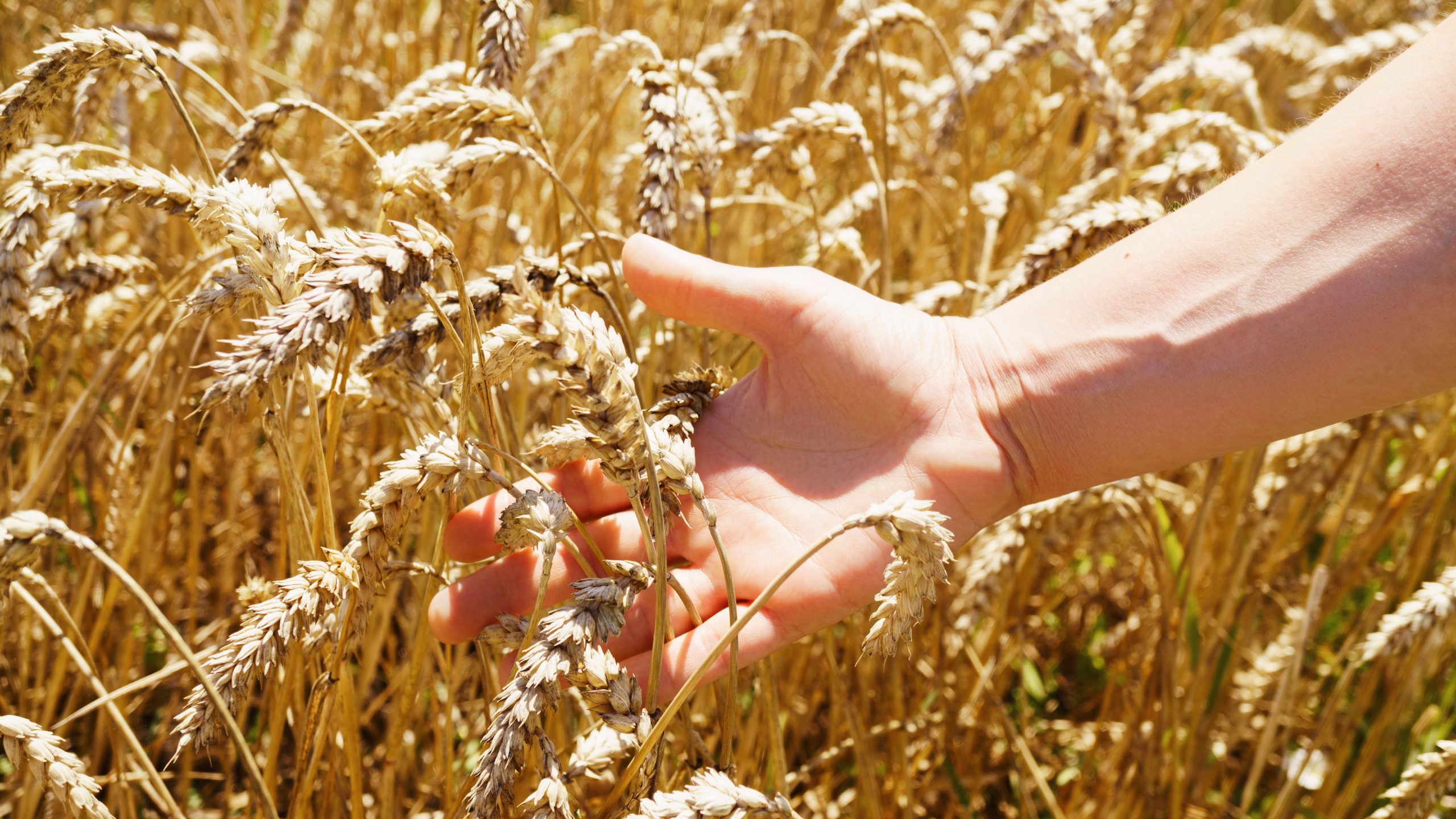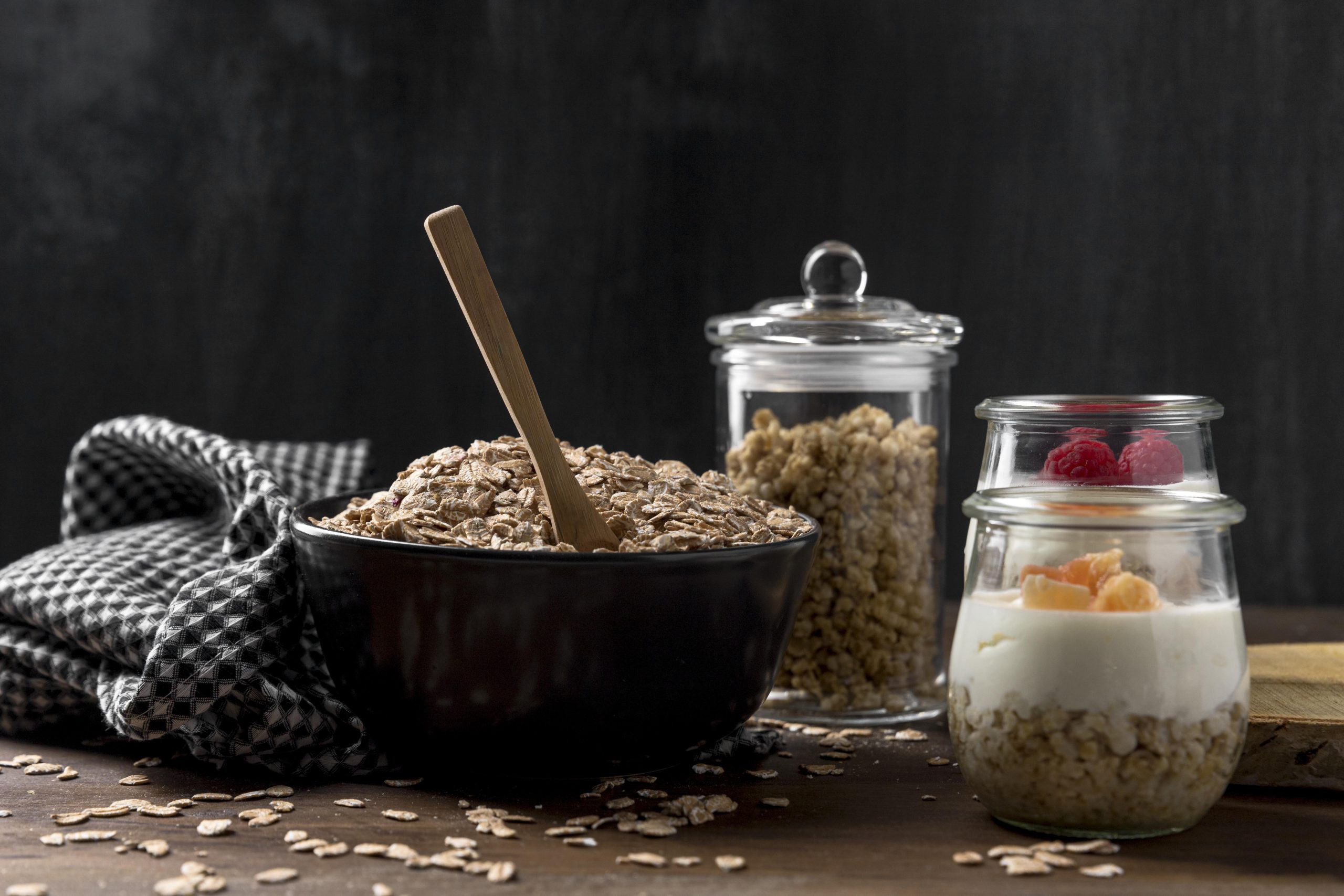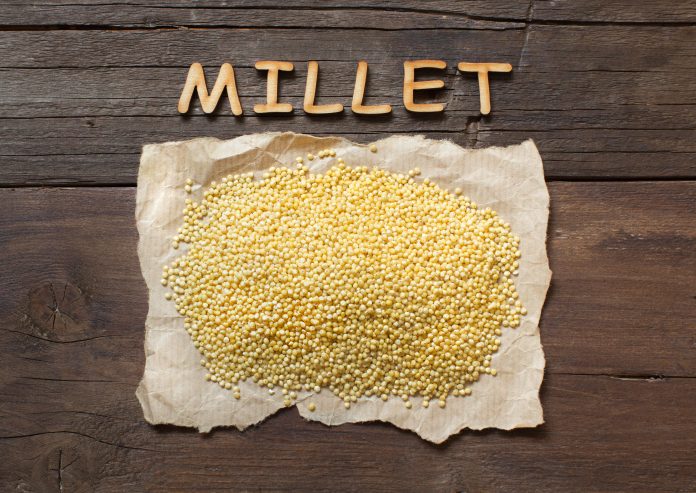Little millet, also known as samai or kutki, is a small, round grain that is commonly grown in India and other parts of Asia. Here are 10 health benefits of little millet:

PC: Freepik
Here are some additional details about the health benefits of little millet:
- Rich in Nutrients: Little millet is a good source of several essential nutrients that are required by the body. For example, 100 grams of cooked little millet contains around 8 grams of protein, 2.7 grams of fiber, and 24% of the recommended daily intake (RDI) of iron. It is also rich in B vitamins such as thiamin (vitamin B1) and niacin (vitamin B3).
- Helps with Weight Loss: The high fiber content in little millet can help to keep you feeling full and reduce your appetite, which can aid in weight loss. Additionally, since it is low in calories (around 120 calories per 100 grams of cooked millet), it can be a great food to include in your weight loss diet.
- Regulates Blood Sugar: Little millet has a low glycemic index (GI) of around 50, which means that it releases glucose into the bloodstream slowly and steadily. This makes it a good option for people with diabetes or those looking to manage their blood sugar levels.
- Promotes Digestive Health: The high fiber content in little millet can help to promote digestive health by regulating bowel movements and preventing constipation. It can also help to feed the beneficial bacteria in the gut, which can improve overall gut health.
- Boosts Immunity: Little millet is a good source of antioxidants such as polyphenols, which can help to boost the immune system and protect against chronic diseases such as cancer, heart disease, and diabetes.
- Supports Bone Health: Little millet is a good source of calcium, which is essential for bone health. It can also help to prevent osteoporosis, a condition characterized by weak bones that can lead to fractures and other complications.
- Reduces Risk of Heart Disease: The high fiber content in little millet can help to reduce the risk of heart disease by lowering cholesterol levels and reducing inflammation. It is also low in fat, which makes it a heart-healthy food.
- Good for Skin Health: Little millet contains essential nutrients such as vitamin B, iron, and zinc, which are important for maintaining healthy skin. Iron, for example, is required for the production of hemoglobin, which carries oxygen to the skin cells and promotes healthy skin.
- Helps with Anxiety and Depression: Little millet is a good source of magnesium, which has been shown to help with anxiety and depression. Magnesium is involved in the production of serotonin, a neurotransmitter that regulates mood and helps to promote feelings of well-being.
- Supports Brain Function: Little millet is a good source of thiamin, which is essential for brain function. Thiamin is involved in the production of acetylcholine, a neurotransmitter that is important for memory and cognitive function. Additionally, the B vitamins in little millet can help to reduce the risk of age-related cognitive decline.

PC: Freepik
Cooking methods
Little millet is a versatile grain that can be cooked in a variety of ways. Here are some common cooking methods for little millet:
- Boiling: Little millet can be boiled in water to make a simple and nutritious side dish. To cook little millet, use a 2:1 ratio of water to millet. Bring the water to a boil, add the millet, and then reduce the heat to a simmer. Cover the pot and cook for 20-25 minutes or until the millet is tender and the water has been absorbed.
- Pressure Cooking: Pressure cooking little millet is a quick and easy way to cook the grain. Use the same 2:1 ratio of water to millet, and cook at high pressure for 10-12 minutes. Once the cooking is complete, allow the pressure to release naturally for 10 minutes before opening the lid.
- Stir-frying: Little millet can be stir-fried with vegetables and spices to make a delicious and healthy meal. To stir-fry little millet, first cook it in boiling water for 10-12 minutes or until it is partially cooked. Then, drain the water and set aside. Heat some oil in a pan, add vegetables and spices, and stir-fry for a few minutes. Add the partially cooked millet and continue to stir-fry for a few more minutes or until the millet is fully cooked and the vegetables are tender.
- Baking: Little millet can be used to make a variety of baked goods such as bread, muffins, and cookies. To use little millet in baking, first grind it into a flour using a food processor or a grain mill. Then, use the little millet flour in your favorite baking recipes.
Overall, little millet is a versatile grain that can be cooked in many different ways, depending on your preferences and the recipe you are using.






